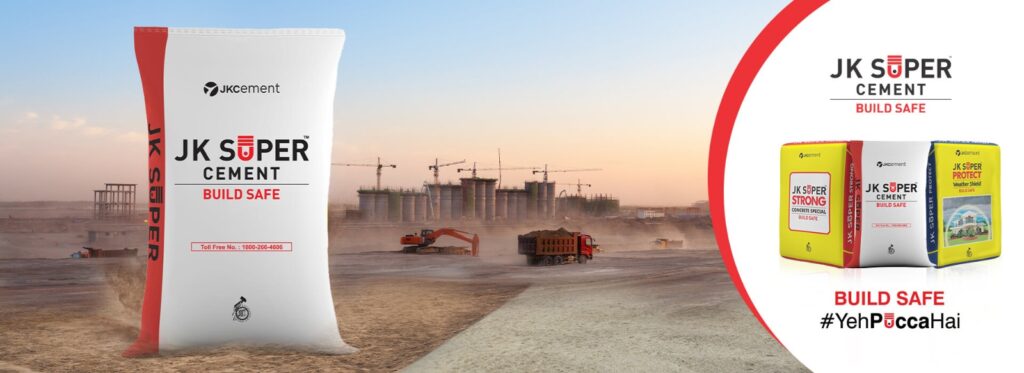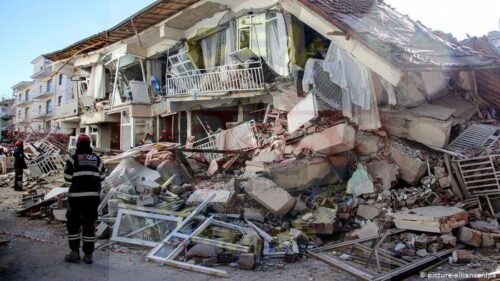BUILDING SAFETY MEASURES FOR NATURAL DISASTERS: FLOODS, HURRICANES, AND TORNADOES
Introduction
Natural disasters like floods, hurricanes, and tornadoes can wreak havoc on communities and cause significant damage to buildings and infrastructure. As these events become more frequent and severe due to climate change, it is crucial to implement robust building safety measures to protect lives and property. This article explores some of the key strategies and guidelines for designing and constructing buildings that can withstand the forces of nature.
1. Floods
Floods are one of the most common and devastating natural disasters, causing extensive damage to properties located in flood-prone areas. When constructing buildings in flood-prone regions, it is essential to consider the following safety measures:
a. Elevation: Construct buildings on elevated platforms or pilings above the base flood elevation to reduce the risk of floodwater intrusion.
b. Flood-resistant materials: Use flood-resistant materials for walls, floors, and foundations that can withstand prolonged exposure to water without significant damage.
c. Proper drainage: Design buildings with effective drainage systems to divert floodwater away from the structure and prevent water from pooling around the foundation.
d. Flood barriers and doors: Install flood barriers and watertight doors to seal off openings during flooding, preventing water from entering the building.
2. Hurricanes
Hurricanes are powerful storms that can cause destructive winds, storm surges, and heavy rainfall. To enhance building safety in hurricane-prone regions, consider the following measures:
a. Wind-resistant design: Construct buildings with reinforced roofs, walls, and connections to withstand high wind speeds experienced during hurricanes.
b. Impact-resistant windows: Install impact-resistant windows or storm shutters to protect against flying debris and prevent window failure.
c. Secured roofing: Ensure proper fastening of the roof to the building’s structure to prevent it from being uplifted during strong winds.
d. Egress and safe rooms: Design buildings with multiple, clearly marked egress points for easy evacuation during emergencies. Additionally, consider including safe rooms capable of withstanding hurricane-force winds for occupants who cannot evacuate.
3. Tornadoes
Tornadoes are violent and unpredictable, posing significant risks to buildings in their path. Implement these safety measures to improve tornado resilience:
a. Reinforced construction: Use tornado-resistant construction techniques that include reinforced concrete and steel to enhance structural integrity.
b. Tornado safe rooms: Designate tornado safe rooms within buildings to offer maximum protection during tornadoes. These rooms should have strong walls and roofs capable of withstanding debris impact.
c. Garage doors: Install wind-rated garage doors to prevent high winds from entering the building and causing internal pressure buildup.
d. Anchoring and tie-downs: Properly anchor the building to its foundation and use tie-downs to secure roof trusses and other critical components.
Conclusion
Implementing robust building safety measures for floods, hurricanes, and tornadoes is essential for minimizing the devastating impact of these natural disasters on both lives and property. A combination of elevated construction, flood-resistant materials, wind-resistant design, and safe rooms can significantly improve the resilience of buildings in disaster-prone areas. By incorporating these measures into building codes and regulations, communities can enhance their preparedness and ability to recover from natural disasters more effectively.


